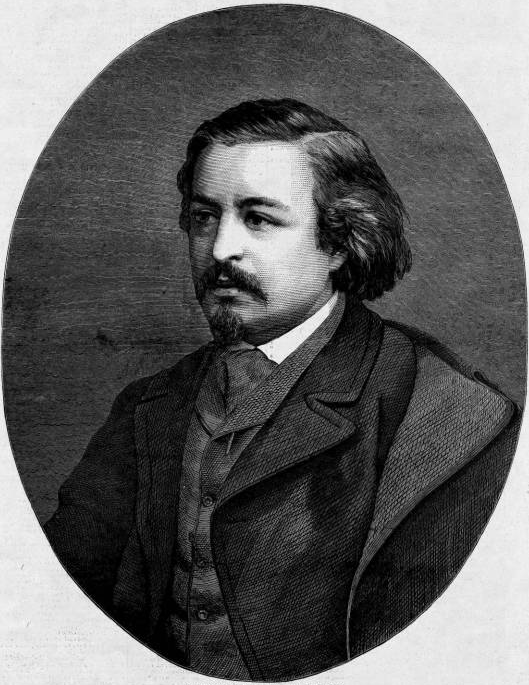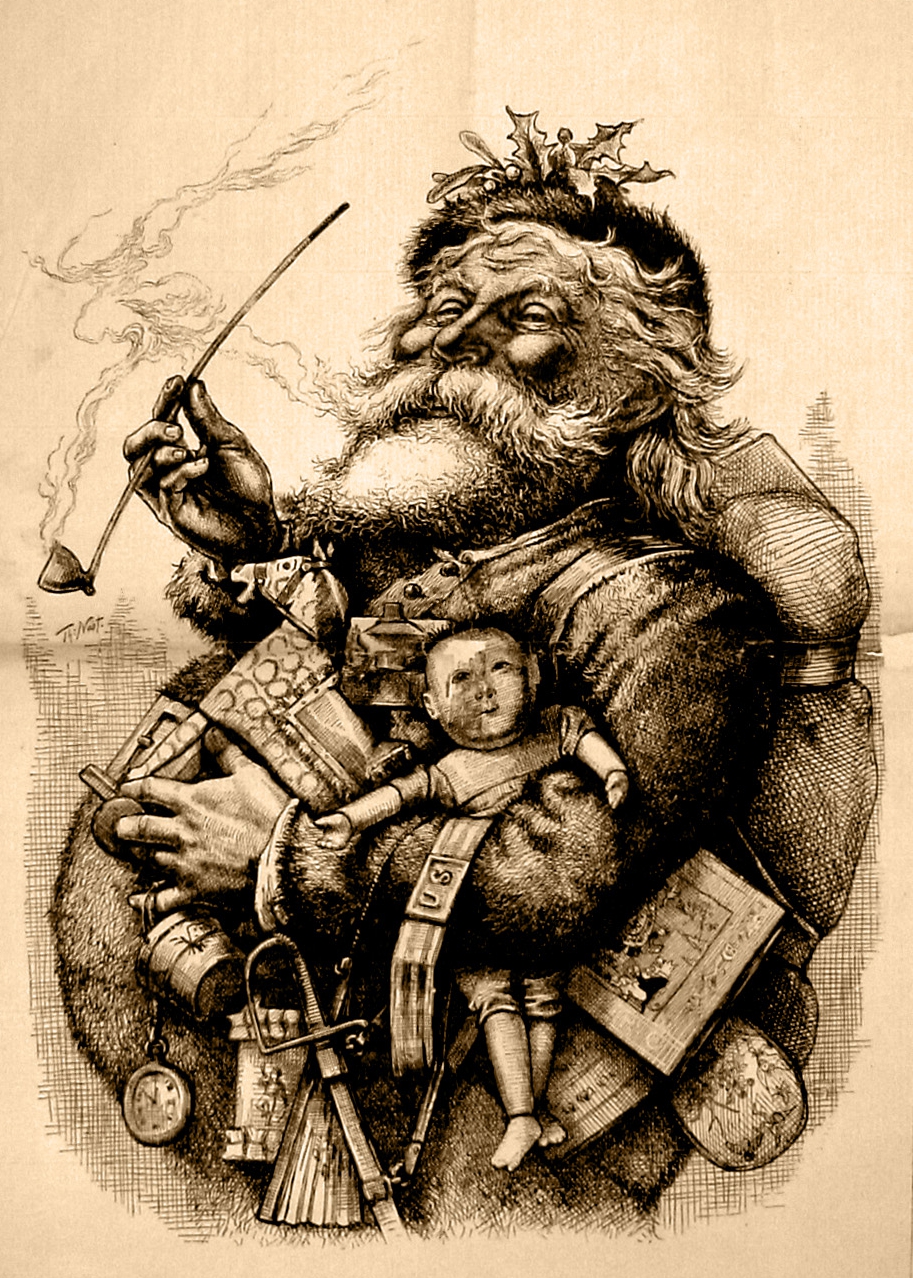… created Santa Claus?
When you think of Santa Claus, a certain image immediately springs to mind for many people: plump, clad in red and white, and with a long, white beard. The creator of this cliché is Thomas Nast, the most important American caricaturist of the 19thcentury—born on September 27, 1840, in Landau in the Southern Palatinate region.
At the tender age of six, Nast emigrated from Landau to New York in order to—similar to many other families of the region—escape their poor living conditions. Nast was too young to understand the radical political changes in the period between the Hambach Festival and the German Revolution. Yet, politics would play a central role later in his life.
Having arrived in the land of opportunity, it was not easy for Nast to pick up the new language. His special talent for drawing, however, attracted attention. When he was just 14, he was allowed to study at the National Academy of Design. At the age of 15, he already began working as an illustrator. In the 1860s, he finally became the most influential political caricaturist in a country shaken by the Civil War. He was able to present even difficult topics in a way making them understandable and easy to grasp for the masses. This earned him the appreciation of the US presidents Lincoln and Grant, for whom he successfully beat the big drum. Through today, his creations have been a fixed component of common iconography in the US, like e.g. “Uncle Sam” or the symbol of the donkey for the Democratic Party and the elephant for the Republican Party.
Nast’s first illustration of Santa Claus was at last published in “Harper’s Weekly” magazine. The Belzenickelhe knew from his childhood —who according to the Palatinate dictionary was a hooded character rewarding the good children and punishing the bad ones during Advent—served as a model for this depiction of Santa. With the collection of works “Christmas drawings for the human race” that appeared in 1889, Nast reinforced the image of the benevolent, funny Santa Claus still popular among millions of children today—decades before Coca-Cola used Santa as an advertising character.
Fame and honour, however, did not last long for Nast. When President Roosevelt sent him to Ecuador as an ambassador in 1902, this was intended as an act of friendship. Only half a year later, however, Nast died of the yellow fever there—on December 7, just one day after St. Nicholas Day. He was laid to rest on a graveyard for celebrities in the Bronx, New York.
In Landau today, not only the Thomas Nast Christmas market, but also his birth house Rote Kaserne(“red barracks”) as well as a street name, a primary school and a club remind us of this famous son of the city.

